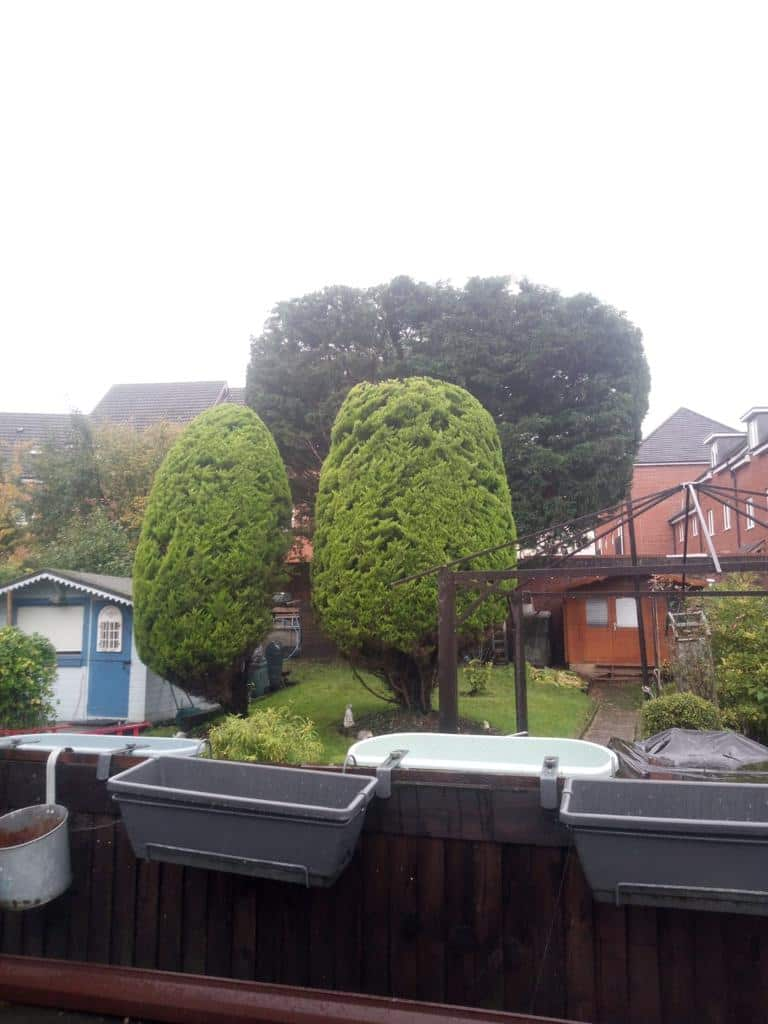Introduction
It’s easy to overlook the importance of tree maintenance until signs of stress, imbalance, or damage become too obvious to ignore. One of the most valuable and often underused techniques in modern tree surgery is crown reduction—a carefully controlled process that not only improves a tree’s appearance but can also prevent complete collapse.
At LM Tree Surgery Swanmore, we’ve helped countless property owners across Swanmore and Hampshire protect their trees and surrounding spaces through strategic crown reduction. In this article, we’ll explore how this approach works, when it’s necessary, and why it can be the difference between preserving a mature tree and losing it entirely.
What Is Crown Reduction?
Crown reduction involves selectively removing the outer branches of a tree’s canopy to reduce its overall height or spread. It’s not the same as topping, which is an outdated and damaging practice. Instead, crown reduction respects the tree’s structure, encouraging healthy regrowth and improved balance.
Main objectives of crown reduction:
- Reduce stress on the tree’s limbs and trunk
- Lessen wind resistance
- Improve structural integrity
- Prevent branches from overextending or becoming unstable
When done properly, crown reduction extends the life of a tree and maintains its safety in residential or public spaces.
How Overgrowth Leads to Structural Weakness
Trees grow naturally to seek light and space, but in urban or garden environments, this growth isn’t always sustainable. As a tree matures, its crown can become:
- Too heavy for the trunk or root system to support
- Unbalanced, placing stress on one side of the structure
- Vulnerable to storm damage or high winds
- Prone to splitting at main junctions or limb unions
This is especially risky with species known for broad crowns or those that have already suffered minor damage or decay. Without intervention, one strong gust or heavy rainfall could lead to a major branch failure—or complete collapse.
Key Signs Crown Reduction May Be Needed
Homeowners and land managers should look out for the following early indicators that a tree is under stress from crown weight or poor structure:
- Noticeable lean or tilt, particularly after storms
- Large branches growing horizontally or drooping
- Cracks or splits at the base of major limbs
- Bark peeling away or exposed wood at joints
- Movement at the root plate (where the trunk meets the ground)
When these signs appear, professional assessment is critical. In many cases, crown reduction provides a non-invasive solution that restores balance and reduces risk.
Why Crown Reduction Prevents Collapse
By lightening the load on a tree’s crown, this technique reduces the strain on every part of its structure—from trunk to roots. Here’s how it works in practice:
Reduces Wind Sail
Trees with thick, wide canopies act like sails in high winds. By reducing the surface area, crown reduction minimises this effect, allowing wind to pass through rather than push against it.
Results:
- Lower risk of uprooting
- Reduced stress on anchoring roots
- Better stability in storms
Balances Uneven Growth
An unbalanced tree can gradually pull itself over, particularly if the heavy side is overextended or unsupported. Crown reduction helps restore symmetry and reduces the chance of gradual collapse.
Prevents Sudden Limb Failure
Large, overextended branches are often the first to go in bad weather. Strategic removal or shortening of these limbs strengthens the canopy and prevents sudden, hazardous breakages.
Encourages Stronger Regrowth
Unlike harsh cutting or topping, crown reduction supports new growth from strong, well-placed branches. This sets the stage for a healthier, more resilient canopy in future years.
Trees Most at Risk Without Intervention
Certain species and scenarios benefit particularly from crown reduction:
- Willows and poplars, known for rapid, heavy growth
- Old or mature trees with declining structural strength
- Multi-stemmed trees prone to splitting at the base
- Trees growing near structures or over pathways
- Storm-damaged trees that have lost branches and become unbalanced
In all these cases, careful canopy management can avoid the need for full removal later.
The Role of Professional Tree Surgery
Crown reduction requires a deep understanding of tree biology and structural dynamics. At LM Tree Surgery Swanmore, our experienced team assesses each tree individually and uses precise techniques to ensure:
- Cuts are made at the correct growth points
- Tree health is preserved, not compromised
- The shape remains natural and aesthetically pleasing
- Structural weaknesses are properly addressed
Poorly executed crown reduction can leave a tree worse off, making professional expertise essential for both safety and long-term success.
Conclusion
Tree collapse is a dramatic and potentially dangerous event—but in many cases, it can be prevented. Crown reduction offers a smart, proactive way to reduce risk, protect surrounding property, and extend the life of mature trees. It’s not just about trimming branches—it’s about managing weight, balance, and future growth with care.
At LM Tree Surgery Swanmore, we specialise in helping homeowners and landowners across Hampshire make informed decisions about tree care. If you’ve noticed signs of stress or imbalance in your trees, don’t wait until a storm reveals the issue the hard way. Contact us today to schedule an expert assessment and find out whether crown reduction could be the solution your tree needs.
Call us on: 01489 358 695
Click here to find out more about LM Tree Surgery Swanmore
Click here to complete our contact form and see how we can help with your tree’s needs.

